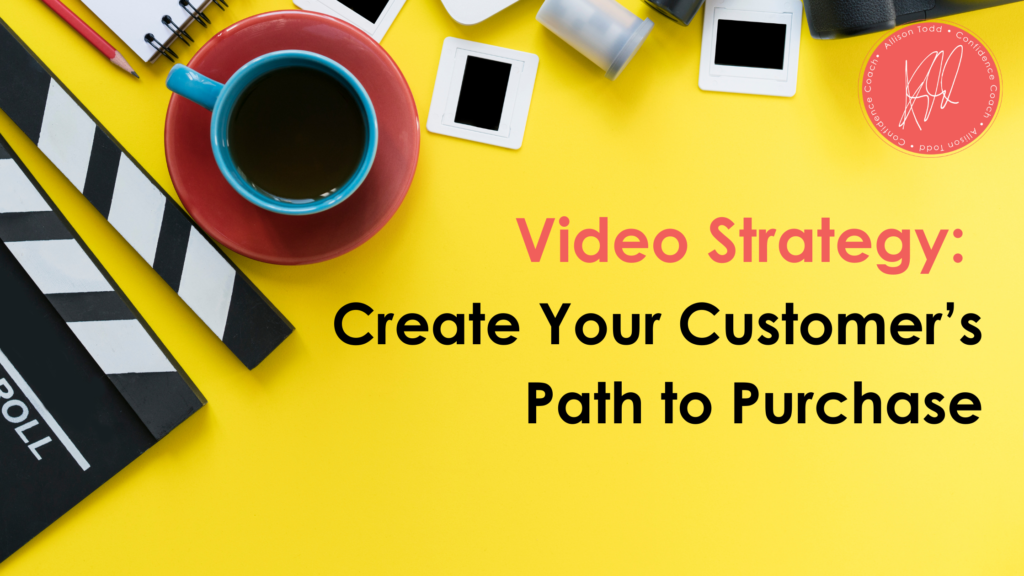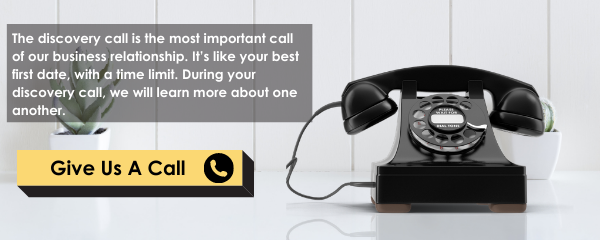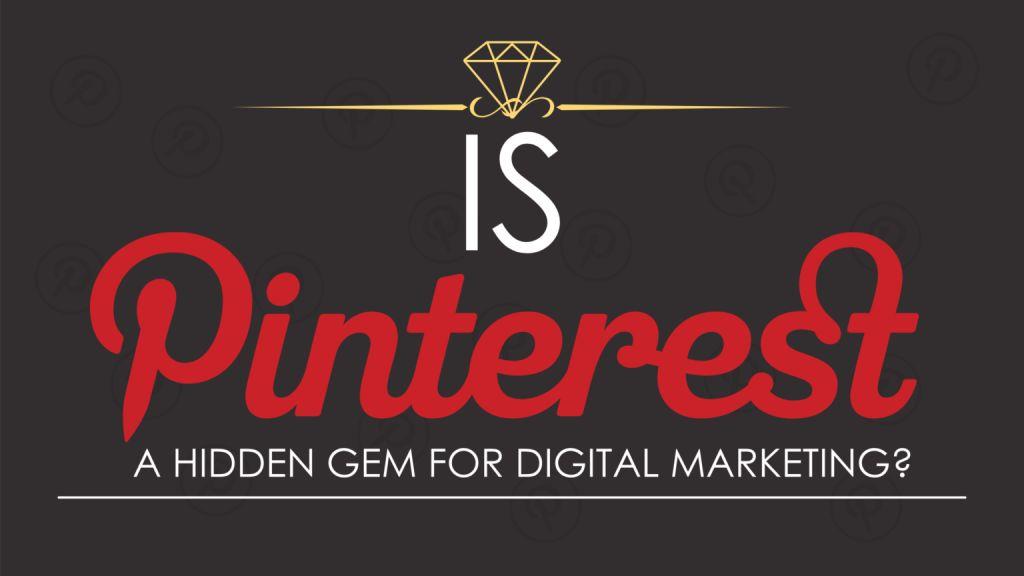Vetting Your Business Coach: What to Know Before Signing the Contract
Business coaching is a valuable tool to support your professional growth, whether for your own business or to reach the next level in your career. You can learn to identify and move past roadblocks that are holding you back to become more productive.
But not all coaches are equally skilled or qualified. The market isn’t regulated like doctors or attorneys – anyone can become a coach. It’s vital that you do your due diligence to ensure that your time and financial investment are going toward a coach who can help you reach your goals.
Here’s what you need to know before you sign a contract:
Expertise
You want to work with a coach that has extensive experience helping people achieve their business goals, whether they’re just starting out or scaling a business. When you’re vetting your coaches, ask them how long they’ve been coaching and what type of training they underwent.
Goals
Before you embark on business coaching, it’s important that you understand what you’re looking to gain from the experience. Many people are confused about what a business coach actually does – they’re not business advisors. A coach is there to help you develop the skills and mindset to achieve your goals, not to solve problems in your business using their own knowledge and expertise.
Methodology
Business coaches often approach their coaching with different tools, methods, and strategies. Some will work for you and others may not, so make sure to find a coach that aligns with the way you process information and receive guidance. If you’re not sure if you’re a fit, ask your prospective coach how they approach coaching and what types of clients they prefer to work with.
Personality
This can’t be overstated – coaching is a deeply personal process. You need to feel like you’re in a comfortable, confidential space with your coach to discuss your personal growth, strengths and weaknesses, and roadblocks. It’s vital that you have a personality fit between yourself and your coach for this to be successful.
For example, some people respond more to a “tough love” relationship with someone who will be direct with their criticism and recommendations. Others need a coach who will soften the blow to make them more receptive to coaching and learning.
Timing
Business coaches offer different plans and schedules. Some are weekly, some are monthly, and you want to be sure you’ll have a coach who’s available at the time you need it most. Consider how often you want to meet with your coach in advance, then find a coach with the availability that works best for your needs.
Work with Allison Todd
Hiring a business coach is like hiring anyone else to perform a service – you need to do your research. Ask plenty of questions, look for referrals from people you trust, and discuss the process with your prospective coaches to increase the likelihood of success in your coaching experience.
Looking for business coaching? Work with Allison directly!















